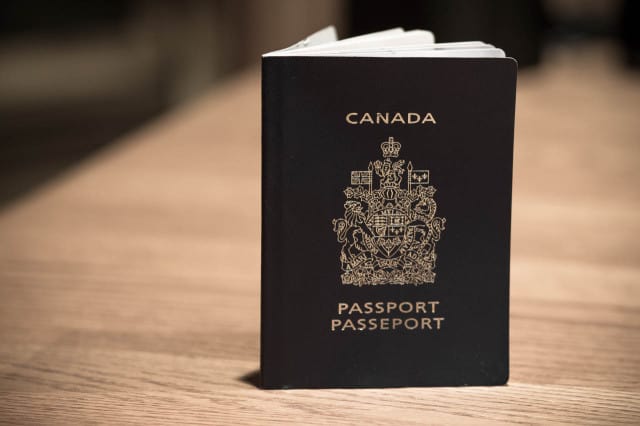DARRYL GALLINGER
The Lance (University of Windsor)

Citizenship and Immigration Canada (CIC) intends to admit a total of 240,000 to 265,000 new permanent residents next year
WINDSOR (CUP) — The Government of Canada has announced Canadian Experience Class (CEC) immigration intake, which includes residency for international students, is expected to quadruple from 2,500 in 2009 to 10,000 in 2013.
Citizenship, Immigration and Multiculturalism Minister Jason Kenney announced its 2013 Immigration Levels Plan would maintain its current levels of immigration throughout next year.
“Our government’s number one priority remains economic and job growth,” said Kenney in a press release. “Newcomers bring their skills and talents, contribute to our economy and help renew our workforce so that Canada remains competitive on the world stage.”
Citizenship and Immigration Canada (CIC) intends to admit a total of 240,000 to 265,000 new permanent residents next year, making it the seventh year running that it has kept up these levels of entry. According to CIC, it is the highest sustained level of immigration in Canadian history.
The CEC program will expand its admission from 6,000 in 2011 to a record high of 10,000 permanent residents in 2013. Through CEC, international students can gain permanent residency after graduating from a post-secondary institution and completing at least one year of skilled work. Temporary foreign workers are eligible through the program for admission after two years of skilled work.
University of Windsor international student advisor Enrique Chacon said that immigration maintains Canada’s population levels and sustains the economy. The CEC program allows Canada to bring in highly desired skilled workers and to hold on to the international students it has supported. Chacon added that the CEC encourages “would-be permanent residents” to spend at least two years in Canada before allowing them the opportunity to become permanent residents.
“A few people will still give up and return [home], but that’s a much better bet,” said Chacon.
Chacon explained that though CEC appeals to international students, the Opportunities Ontario: Provincial Nominee Program is often more attractive.
“You have all the provinces competing against each other,” Chacon said, adding that each province attempts to offer a good deal to international residents to encourage them to immigrate to their province.
Chacon considers Ontario’s deal to be one of the best.
To be eligible, foreign workers and international undergraduate students require a permanent, full-time job offer in a managerial, professional or skilled trade occupation. Graduate students and Ph.D. students are eligible as soon as they finish their degrees. “The downfall?” Chacon questioned, “It costs $1,500 more [than CEC], but it’s an investment, right?”
The provincial nominee program plans to target 1,000 students for 2012.
Varad Raval, who is pursuing his master’s of business administration, intends to apply for the provincial nominee program. “I’ll be applying next September,” he said, adding that it takes 10 to 12 months to process an application for permanent residency.
“I’m really liking it here in Canada. I’m having some problems with the cold, but I enjoy it here,” said Raval, who’s originally from India. After acquiring some work experience, he intends to start up a business that facilitates recycling and solid waste management.
Raval was one of around 200 international students who attended an information session hosted by CIC regarding permanent residency last Thursday.
“Next time I’ll get a bigger room,” said Chacon of the turnout, but added that the turnout can be deceiving. “In general, less than a quarter of international students stay as permanent residents.”
Chaimae Ahmut, also master’s of business administration student, has not yet decided whether or not she wishes to stay in Canada. She came to the event to find out what her options are.
“Once I start working here, I’ll decide whether I want to stay or go back to my home country,” said Ahmut, who holds Dutch and Moroccan citizenship.
“I want to experience life — see new things, new cultures.”
—
Photo: Aaron_S/Flickr